
Hairstyles have played a role in an individual’s self-expression for countless past centuries and continue to do so today. People will even sport the strangest hairdos you’ll ever see with pride, as an extension of their sense of style. Little did we know, many of these odd out-of-this-world hairstyles gained such popularity that they were found to be deserving of specific names and gained a place in history alongside well-known hairdos like the mullet, the afro, and the pompadour. Here are the names of 10 historic hairstyles, some common and some very unusual, and the etymology of their names.

(By William Grimaldi, Wikimedia Commons)
This hairstyle was made popular at the very end of the 18th century when a tax was levied by the British Government on hair powder. Francis Russell, the 5th Duke of Bedford, protested this tax by abandoning the usual powdered and tied hairstyles of this era for a short-cropped un-powdered and unrefined style. This style would become the foundation for many modern-day hairstyles for men.
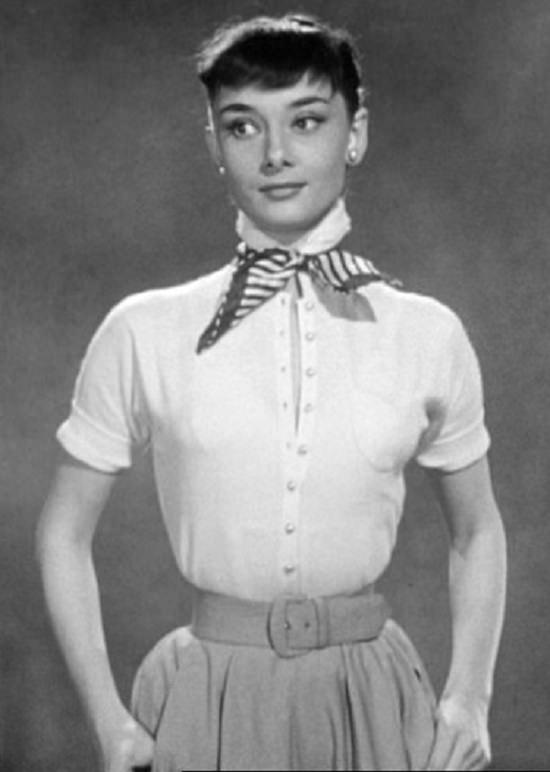
(By Roman Holiday trailer, Wikimedia Commons)
This cut greatly resembles the more contemporary pixie cut, a super-short flat cut that can accentuate delicate and feminine features. It was made most popular by Audrey Hepburn who wore it throughout the 1953 film "Roman Holiday". The word gamine itself refers to a slim, elegant, and attractive young woman (quintessentially Audrey Hepburn), which inspired the name for the cut.

Along the lines of excessively short haircuts is the burr, a variation of the typical butch cut, usually seen in military schools similar to the crew cut. While the butch cut usually ranges between a quarter-inch and three-quarters of an inch on the top with the sides shaved close to the scalp, the burr refers to a cut that is less than a quarter-inch on top. Any shorter and you may as well have a shaved head (which is referred to as the Kojak or called the Yul Brynner style).
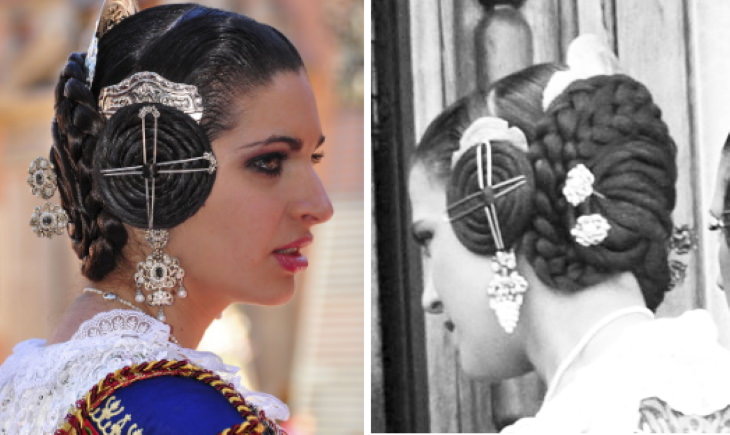
(By Keith Ellwood (left), Wikimedia Commons; by J>Ro (right), Wikimedia Commons)
A hairstyle reminiscent of Princess Leia’s in the famed "Star Wars" movies, this hairdo originated in Valencia, Spain. It is an elaborate and ancient hairdo that consists of two buns on either side and two braids wound tightly around the back of the head. The statue known as the "Lady of the Elk" currently exhibited in the National Archeological Museum of Spain in Madrid appears to bear the “Fallero” hairstyle.
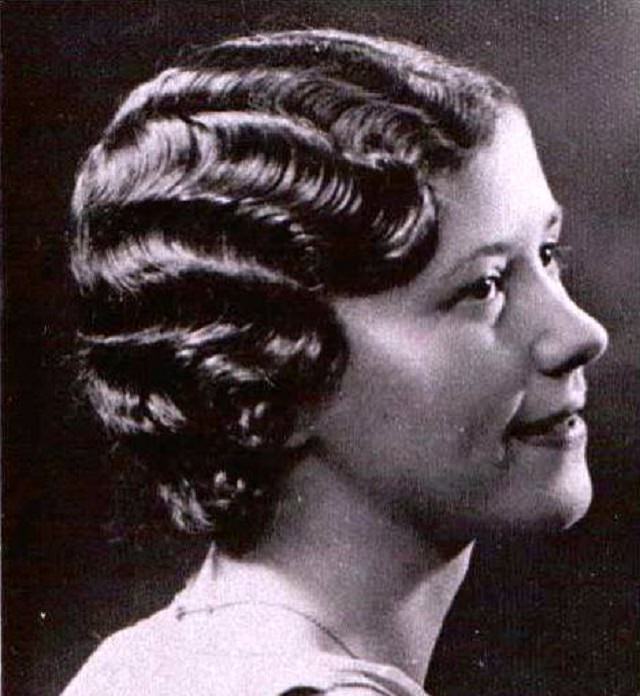
This do is often thought of as a type of bob cut, but involves the practice of “marcelling”. This technique uses a curling tong or iron to induce small short curls. It is very similar to the modern “finger-wave” hairstyle. While it works best with short hair, even women with long hair would try this hairstyle by tying their hair and pinning it above the ear before marcelling. This hairstyle was commonly associated with entertainer Josephine Baker.

(By chantel beam, Wikimedia Commons)
The fishtail hairstyle, also known as a fishtail braid, is a hairstyle that has been around for centuries and remains extremely popular today. It can be classified as a type of French braid, except the hair is divided into two sections instead of three. As the name suggests, the pattern greatly resembles the tail of a fish and in the 19th century, this hairstyle was called the “Grecian braid”.
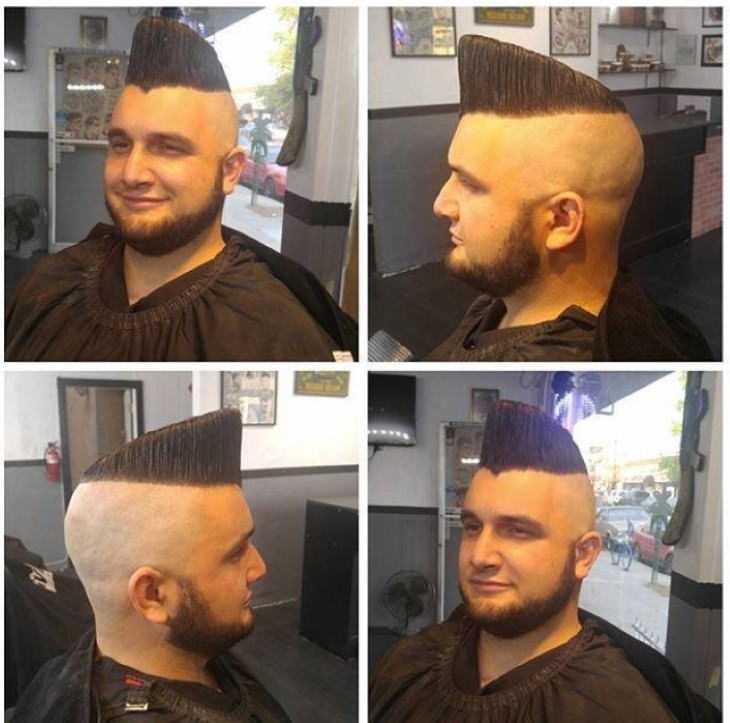
(By JohnColtrash, Reddit)
Here’s a hairstyle that is a clear mix of two very famous hairstyles, the pompadour, a style made famous by Elvis, and the mohawk, yet still manages to be completely unique. It has the shaved sides common for a mohawk, however, the center is molded into the shape of a small slicked-back pompadour. It is called “psychobilly” because it is considered to be a combination of 50’s rockabilly and 70’s punk style.
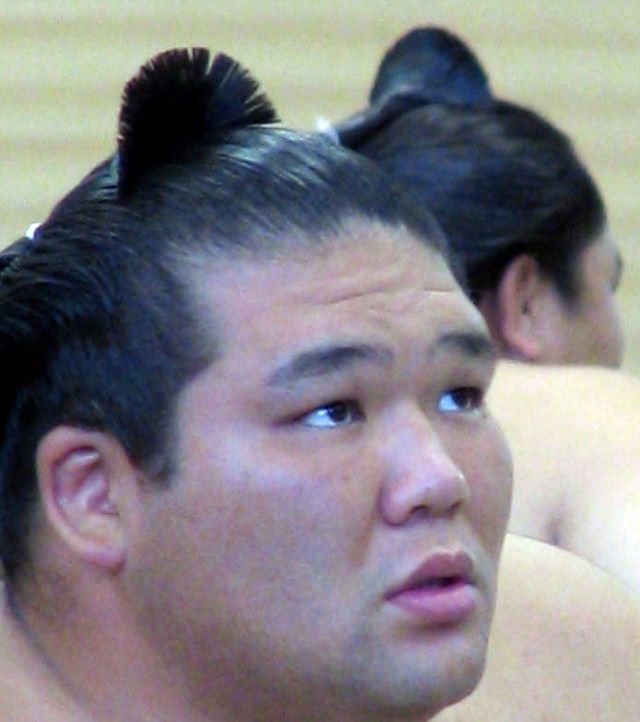
This particular hairstyle was inspired by the tonsure of samurais and is a variation of the traditional Japanese topknot, which as the name suggests, consists of a knot on the top of the head. Unlike the tonsure of the samurai, which is sometimes considered the “traditional chonmage”, the modern-day chonmage does not require the top of the head to be shaved. This hairdo is most commonly worn by sumo wrestlers.
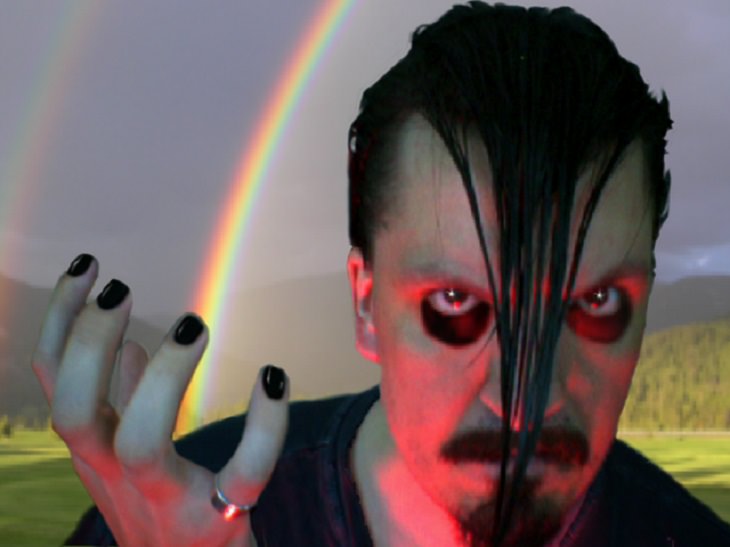
(By El Mariachi, Wikimedia Commons)
This highly inconvenient hairstyle emerged in the punk subculture. The Devilock features short carefully combed hair on either side and a long-grown strand of hair combed and sleeked down to hang in front of the face. It was famously sported by Jerry Only, the bassist of the punk rock band "Misfits", which is where it gets its punk reverence. Jerry Only is believed to be the creator of this now popular hairstyle.
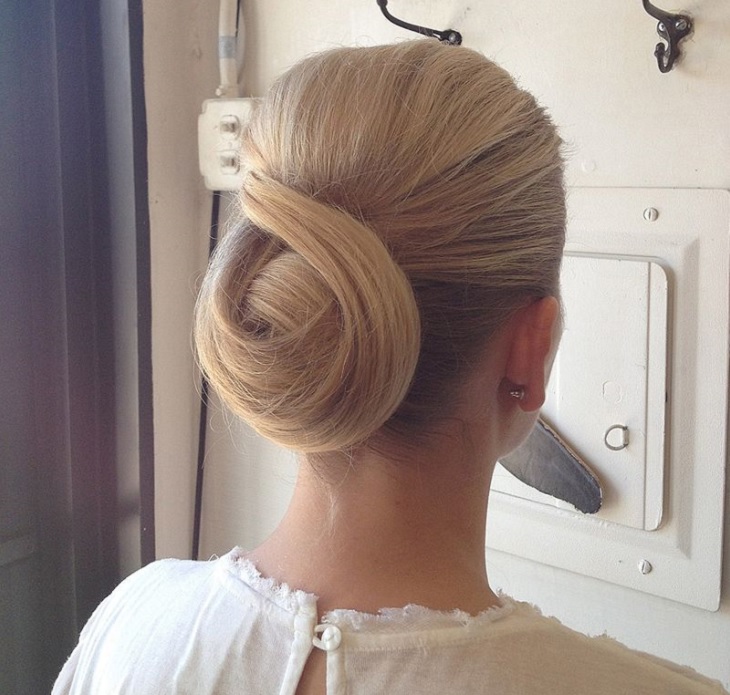
(By Jenna Drudi, Wikimedia Commons)
The Chignon is the ultimate going-out bun, and if you throw in some glittery, colorful, and unique accessories, you’re set for even the fanciest of occasions. The longer the hair, the more complex this hairstyle can be made, but the name essentially refers to a bun pinned together at the nape of the neck. In fact, the name "chignon" comes from the French phrase “chignon du cou”, which translates literally to “the nape of the neck”.